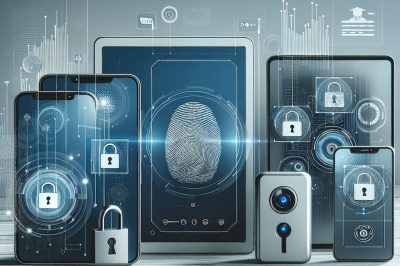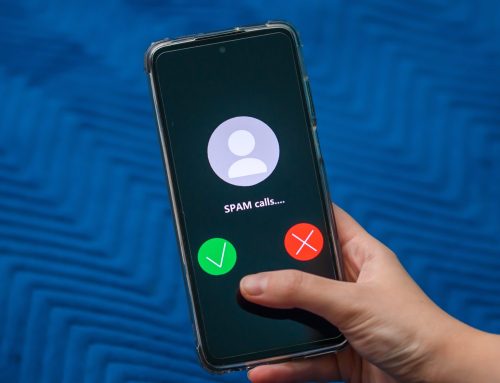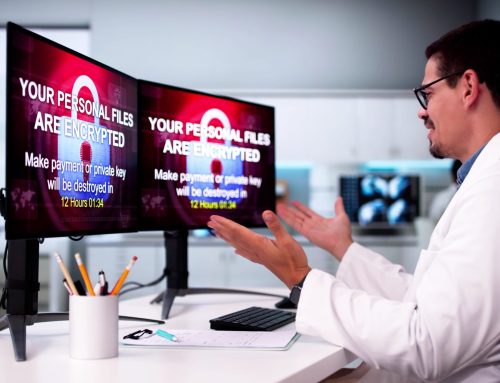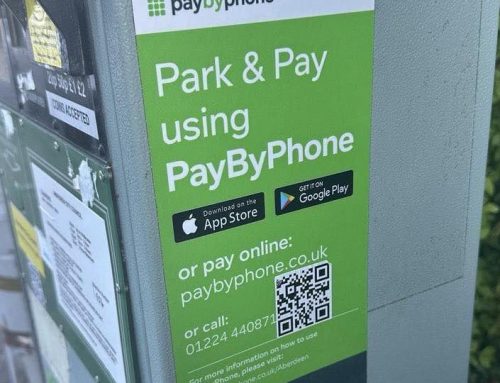
Everyone knows that all online accounts should be protected by “Multi Factor Authentication”, known as multifactor authentication for short, or sometimes as 2FA which stands for “Two Factor Authentication”. It’s the simplest thing you can do to increase the security of your online accounts no matter which method you use. Recent studies indicate that using multifactor authentication block 99.9% of modern automated cyber-attacks so for small business it’s a crucial piece in their cyber security protection.
However, there is an elephant in the room with most popular forms of multifactor authentication – they rely on the use of a mobile phone. Whilst this may be fine for Partners and Directors who typically have a company owned device, with more junior staff being asked to use personal devices to perform multifactor authentication, the lines of responsibility can get blurred. Read on to find out how you can make this essential service clearer for you and your staff.
Here’s a quick recap of the main types of multifactor authentication – remember not all multifactor authentication is created equal and we have previously written about how some types of multifactor authentication are no longer considered secure.
A future without passwords or multifactor authentication?
So what next? Huge amounts of research effort is being put into credential security, which is not surprising given the cost of cybercrime globally. In the future the industry is looking to move to a fully password-less model supported by passkeys and other recently established technical solutions.
Microsoft, Google, Amazon and others already have password-less solutions in use; you may have seen these when logging on to certain services. The future is bound to be password-less (if you don’t know a password, you can’t inadvertently reveal it), and the expectation is that multifactor authentication will gradually evolve into these password-less solutions through the functionality provided by the apps, but it will take time to get there.
In the meantime, we need multifactor authentication to help protect those vulnerable passwords. The downside is that even the password-less solutions will probably still reply on smartphones (as most of us have these in our pockets already), and so we’re back to the question of who should pay for that device?







